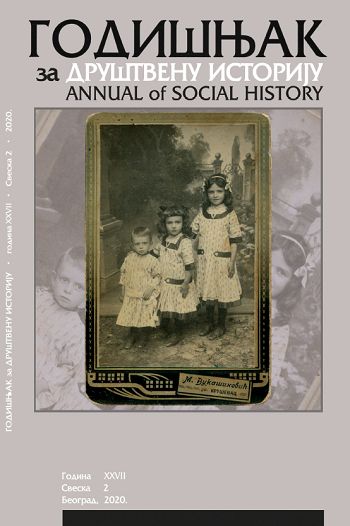Aнтикомунистичка култура сећања и симболи идеолошке транзиције у Београду и Софији (1989–1999)
Аnti-communist Remembrance Culture and Symbols of Ideological Transition in Belgrade and Sofia (1989–1999)
Author(s): Vladimir TodićSubject(s): Social history, Politics and society, Transformation Period (1990 - 2010), Politics of History/Memory
Published by: Udruženje za društvenu istoriju
Keywords: Belgrade; Sofia; socialism; anti-communism; Tito; Dimitrov; streets; culture of memory
Summary/Abstract: The collapse of socialism in Yugoslavia and Bulgaria and changes of dominant ideological paradigms was especially visible in the capitals – Belgrade and Sofia, as epicenters of the most significant transitional changes. Political transformation through the introduction of party pluralism in the capitals was labeled by strong activities of anti communist parties which, by imposing a new culture of remembrance through changes in the names of streets and squares, affirmed the traditions of pre-communist regimes, as well as defeated forces and military formations from World War II. These forces negatively marked the roles of the USSR and „communist dictators“ (Tito, Dimitrov). They initiated activities for the conversion and demolition of memorial spaces (Memorial Center “Josip Broz Tito”, Georgi Dimitrov Mausoleum). The change of the names of the streets in Belgrade and Sofia is a testimony to the establishment of a clear ideological discontinuity by comparison with socialistic-era.
Journal: Godišnjak za društvenu istoriju
- Issue Year: XXVII/2020
- Issue No: 2
- Page Range: 23-48
- Page Count: 26
- Language: Serbian

